Introduction to NoSQL vs SQL Speed
SQL (Structured Query Language) databases, also known as relational databases, have been the cornerstone of data storage and management since their inception in the 1970s. These databases are designed for structured data and rely on a schema-based approach, which ensures data integrity and consistency. SQL databases employ tables, rows, and columns to organize data, making it easy to perform complex queries and transactions. Their robust ACID (Atomicity, Consistency, Isolation, Durability) properties make them suitable for applications where data accuracy and reliability are paramount, such as financial systems, e-commerce platforms, and enterprise resource planning (ERP) systems.
In contrast, NoSQL (Not Only SQL) databases emerged in the late 2000s as a response to the increasing need for scalable and flexible data storage solutions. Unlike their SQL counterparts, NoSQL databases are designed to handle semi-structured and unstructured data, making them ideal for big data and real-time analytics. NoSQL databases come in various forms, including document stores, key-value stores, wide-column stores, and graph databases. This diversity allows NoSQL databases to excel in different scenarios, such as content management, Internet of Things (IoT) applications, and social media analytics, where traditional SQL databases might struggle to keep up with the volume and variety of data.
The evolution of both SQL and NoSQL databases has been driven by the changing landscape of data management and technological advancements. SQL databases, with their mature ecosystem and widespread adoption, continue to be a reliable choice for many industries. However, the rise of NoSQL databases has provided a powerful alternative, enabling organizations to tackle modern data challenges with greater agility and scalability. As we delve deeper into the performance and application differences between SQL and NoSQL databases, it becomes clear that each has its strengths and is suited to specific use cases. Understanding these distinctions is crucial for making informed decisions about which type of database to employ in various scenarios.
Performance Comparison: Scalability and Speed
When evaluating the performance of SQL and NoSQL databases, scalability and speed are two critical factors. SQL databases, such as MySQL and PostgreSQL, are traditionally known for their vertical scaling capabilities. Vertical scaling involves enhancing the capacity of a single server by adding more resources like CPU, memory, or storage. This approach is effective for managing structured data and executing complex queries and joins, where relational databases excel. However, vertical scaling has its limits, as it relies on the capacity of a single machine, which can become a bottleneck as data volume grows.
Conversely, NoSQL databases, including MongoDB and Cassandra, are designed for horizontal scaling. Horizontal scaling means distributing the database across multiple servers, allowing for better handling of massive datasets and high-velocity data streams. This architecture is particularly beneficial for big data applications and real-time analytics, where the ability to scale out seamlessly is crucial. As a result, NoSQL databases can efficiently manage large volumes of unstructured data and perform read and write operations more rapidly than their SQL counterparts.
Speed is another area where SQL and NoSQL databases diverge. NoSQL databases typically offer superior performance in terms of read and write operations, making them well-suited for applications that require quick data ingestion and retrieval. This advantage is partly due to their schema-less design, which reduces the overhead associated with data manipulation. On the other hand, SQL databases are optimized for executing complex queries and joins. Their structured nature enables them to efficiently process intricate relationships between data entities, making them faster for tasks that involve multiple tables and elaborate query conditions.
By examining these performance metrics, it becomes clear that each type of database has its strengths. SQL databases are ideal for applications requiring complex querying and structured data management, while NoSQL databases excel in scenarios demanding high scalability and rapid read/write operations. Understanding these distinctions is crucial for selecting the appropriate database technology based on specific application requirements and performance goals.
Read moreBlockDAG’s Presale Success and Market Impact: A Deep Dive articles.
Database Design and Structure
When comparing the design and structure of SQL and NoSQL databases, one encounters significant differences that greatly influence their speed and performance. SQL databases, also known as relational databases, utilize a table-based storage model. These tables are composed of rows and columns, with each row representing a unique record and each column representing a specific attribute of the data. This structured format ensures data integrity and facilitates complex queries over large datasets.
On the other hand, NoSQL databases adopt a variety of storage models, each tailored to specific use cases. Document-oriented databases, such as MongoDB, store data in JSON-like documents, providing a flexible schema that can evolve over time. Graph databases, such as Neo4j, focus on relationships between data points, making them highly efficient for traversing complex networks. Column-family stores, like Cassandra, organize data into columns rather than rows, optimizing for read and write operations on large-scale datasets. Lastly, key-value stores, such as Redis, employ a simple model where each key is associated with a single value, promoting rapid data retrieval.
Another critical distinction between SQL and NoSQL databases lies in their schema design. SQL databases require a predefined schema that specifies the structure of the data, including table definitions, data types, and relationships. This rigid schema ensures data consistency and enforces constraints, which can be beneficial for applications requiring strict data integrity. Conversely, NoSQL databases offer dynamic schemas, allowing for more flexibility in storing unstructured or semi-structured data. This adaptability is particularly advantageous in scenarios where data requirements are subject to frequent changes or where the data itself is inherently diverse.
Understanding these fundamental differences in database design and structure is essential for determining the best fit for a given application. While SQL databases provide robust data integrity and complex query capabilities, NoSQL databases excel in flexibility and scalability, making them suitable for a wide range of modern, high-speed data processing needs.
Use Cases and Applications
When it comes to selecting the appropriate database technology, understanding the specific use cases and applications for SQL and NoSQL databases is crucial. SQL databases are well-suited for scenarios where ACID (Atomicity, Consistency, Isolation, Durability) compliance is paramount. This makes them ideal for applications requiring high data security and integrity, such as financial systems, e-commerce platforms, and customer relationship management (CRM) systems. SQL databases excel in handling structured data and complex queries, making them indispensable for analytical tasks and business intelligence applications.
On the other hand, NoSQL databases are designed to manage unstructured or semi-structured data, which is increasingly prevalent in today’s data-driven world. These databases are particularly beneficial in scenarios where data changes frequently and where scalability is a primary concern. For instance, NoSQL databases are commonly used in big data applications, real-time web applications, and Internet of Things (IoT) environments. The flexible schema of NoSQL databases enables them to adapt quickly to changing data models, providing a significant advantage in agile development environments.
However, each database type comes with its own set of pros and cons. SQL databases, while offering robust data security and integrity, often suffer from a rigid schema that can be difficult to modify. Additionally, they may face limitations in scalability, particularly when dealing with massive datasets. Conversely, NoSQL databases provide a flexible schema and are highly scalable, capable of handling vast amounts of data with fast read/write operations. Nonetheless, they may offer limited data security and integrity compared to their SQL counterparts.
Real-world examples illustrate these points effectively. Google’s use of NoSQL databases, such as Bigtable, demonstrates the capability of NoSQL in managing large-scale data applications with high performance requirements. Conversely, traditional SQL databases continue to be the backbone of many enterprise systems where data integrity and complex querying are essential.
Finally, the importance of hiring skilled developers cannot be overstated. Whether opting for SQL or NoSQL databases, ensuring that developers possess the requisite expertise is crucial. Robust skills testing before interviews can help identify the most qualified candidates, ensuring that your database management needs are met efficiently and effectively.
References















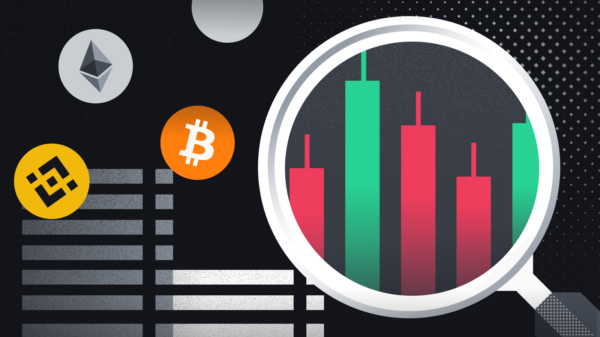






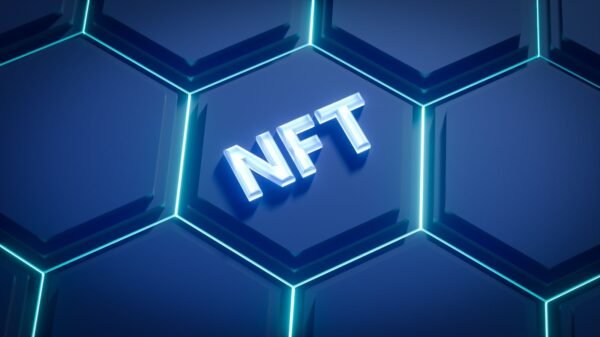
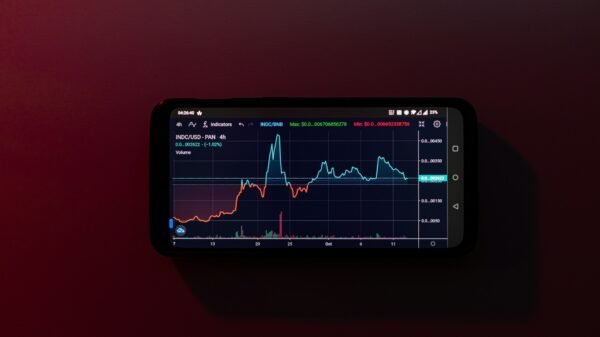
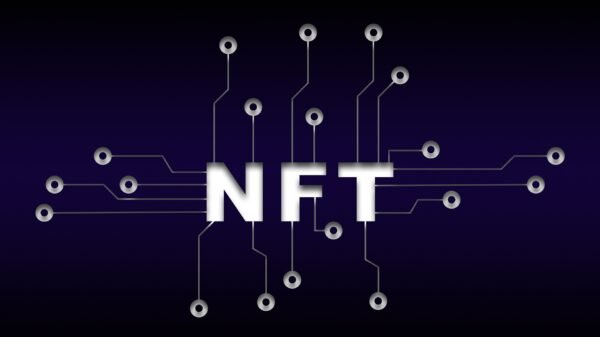



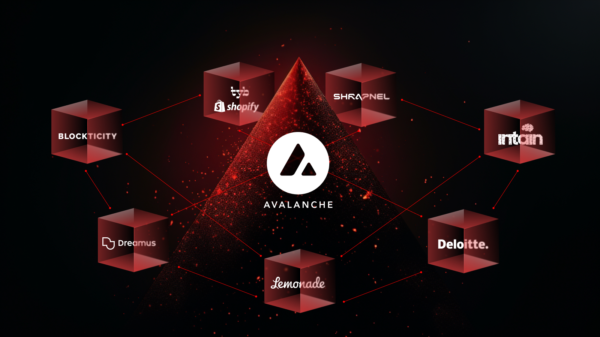




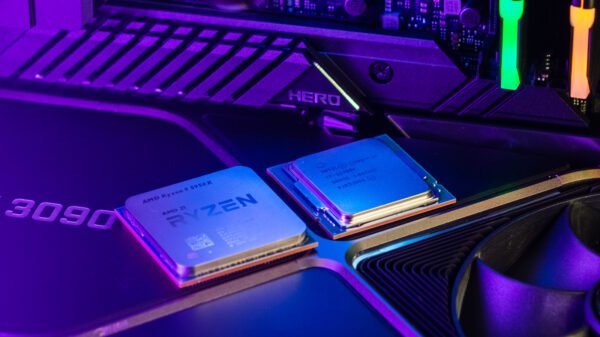
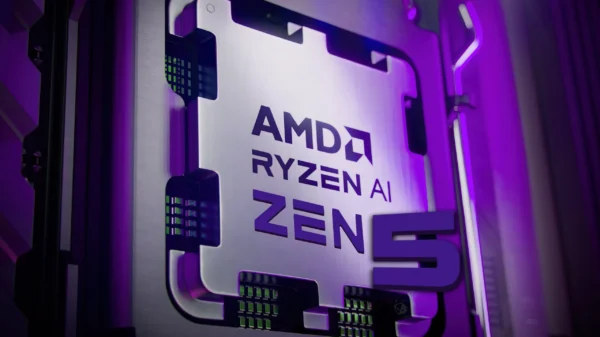






























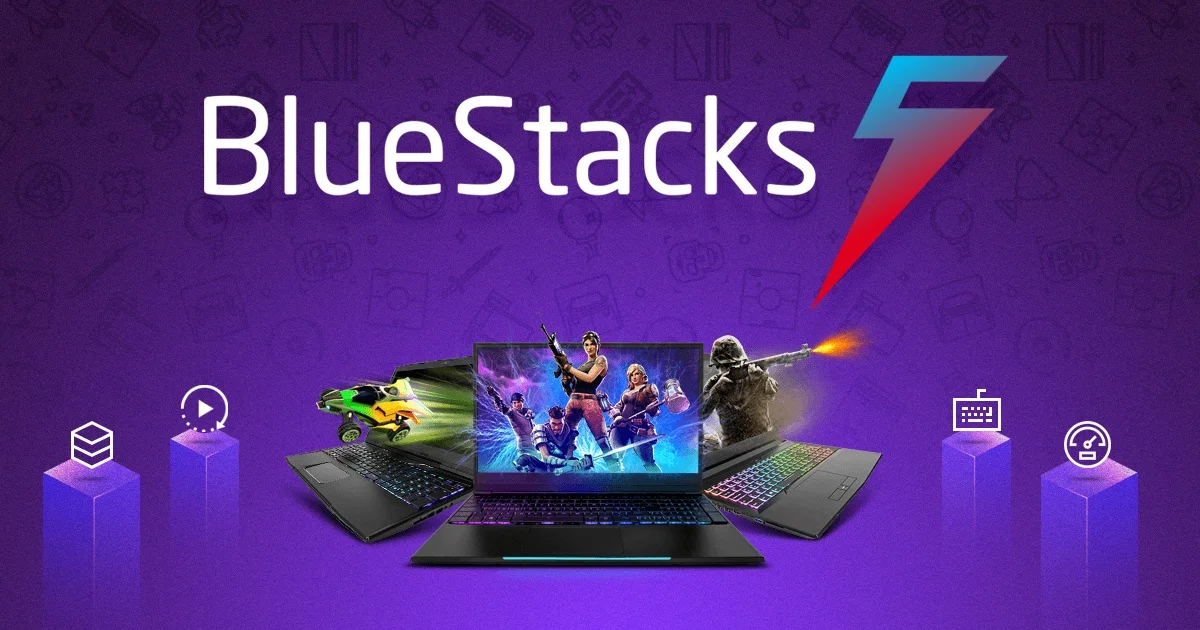





Pingback: How to Use ChatGPT Advanced Data Analysis: Expert Insights and Strategies